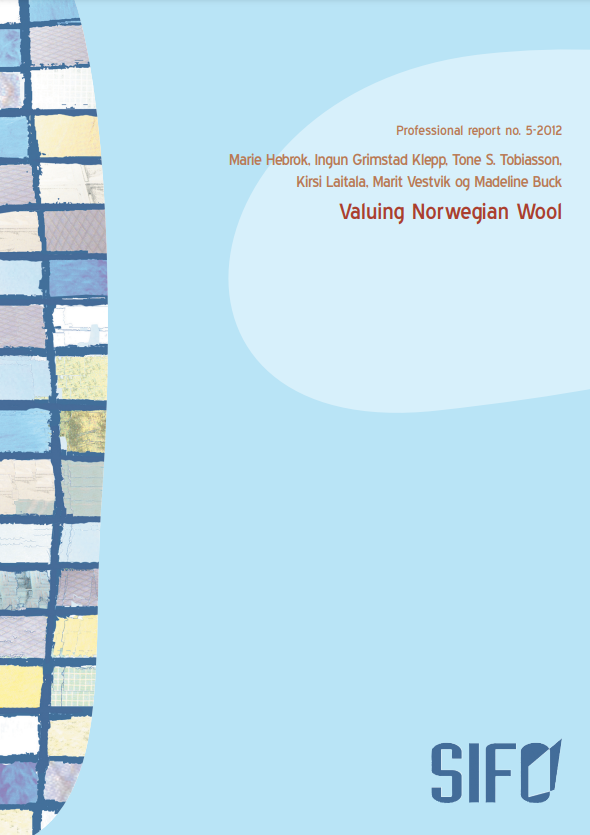Kirsi Laitala, Ingun Grimstad Klepp, Marit Kjeldsberg & Kjersti Eilertsen
Paper
Abstract
Woolen textiles may have more potential use areas within the health care than what they are used for today. They have many benefits such as being self-extinguishing, flexible, and having high isolation as well as moisture absorption properties. While absorbing moisture it releases heat, and as the evaporation rate is slow, woolen materials do not give a rapid chill that some other faster drying materials have. Therefore wool can hold lot of moisture before feeling wet. Due to wool’s potential to shrink in wash, the challenge has been how to wash wool to get it clean enough for health care use. Laboratory experiments were designed in order to see woolens’ tolerance to different washing treatments, as well as their properties related to soil repellence and stain removal.
The results showed that wool tolerates to be cooked without causing additional felting shrinkage, as well as spin dried at high velocity (at least 1400 rpm), as long as there is no mechanical action that could cause the fibers to get entangled. Therefore, the acceleration and slowing-down phases of spin-drying program have to be rapid, so that the centrifugal forces will keep the garments trapped in place against the walls of the drum. Especially untreated woolen fabrics showed good soil repellence against water based soils, as the outer layer of woolen materials is hydrophobic. However, if the staining occurred it was more difficult to get wool clean than synthetic fabrics. Cotton got even more soiling, but it tolerates more efficient washing and detergents than wool does. Wool has potential to replace some of the materials that are more commonly used in health care today, such as cotton, polyester and polyamide, and improve the use properties without compromising the hygiene. The frequent washing of textiles cause wear and tear, creates extra work as well as environmental consequences. Woolen products are washed less frequently than products mare of other fibers. Therefore, an increase in the use of wool can be a way to reduce washing frequency.
Contact us to read the whole paper.
